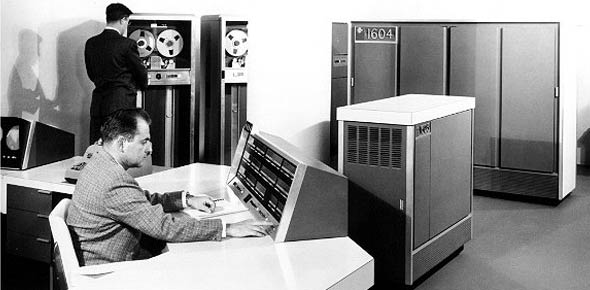Who should promptly report safety, fire, and health hazards and...
Training for the Services Journeyman (5) level primarily consist of
What does "double billeted" refer to?
What Force Support recognition program recognizes excellence in Air...
What is the purpose of Force Support Awards and Recognition program?
The specialty training standards (STS) serves as a contract between...
The primary consideration during a robbery is
After purchasing a new piece of equipment, when should a replacement...
Which is NOT an advantage of developing a Master Training Plan (MTP)?
By when must fallout funds be spent?
How many months do individuals in Journeyman (5-skill level) upgrade...
After how many days will major commands (MAJCOM) and individual bases...
A person is automatically entered into Track 2 when he or she rotates...
Who ensures all personnel have a safe and healthful work environment...
Which organization is responsible for determining strategic mission...
How often do activity managers make deposits to the central cashier or...
What do positions termed military essential on our unit manpower...
What kind of contract is awarded to an individual for his or her...
Operations and maintenance (O&M) funds are used to
What enables Air Force personnel to meet their Air Force Occupational...
What is the primary purpose of a temporary memorandum of agreement...
What Air Force form is used to nominate a base for the General Curtis...
Services' marketing supports force support squadron commanders or...
How many category lists do you prepare when prioritizing work?
What is the third step in the budgeting process?
Which organization allocates appropriated money?
Which agency, other than the field operating agency (FOA), determines...
What is the first step in the budgeting process?
How is the decision to train specific task and knowledge items in an...
What is the second step in the budgeting process?
Who provides safe and healthful workplaces, and conducts periodic...
Which is not a factor that affects objective assessment?
At what organizational level are procurement funds controlled?
There are how many levels of budgeting responsibilities?
Managers use marketing information to
Detecting unsafe or unhealthful working conditions at the earliest...
The General Curtis E. Lemay Award is for bases with a military and...
Who determines fair or reasonable pricing for an entertainment...
The career field education and training plan (CFETP) is made up of how...
People in what ranks are eligible to fill various special experience...
The 2 Track rotation program is mandatory for people with ranks of...
Which budget do we use to obtain authorized appropriated fund (APF) to...
For losses up to and including $50, who conducts an informal review...
When developing a master task listing (MTL), who determines which...
At base level, who is the single custodian for all nonappropriated...
What shows the number of people and the rank structure required for...
What is not designed to let trainees train themselves?
What are the two types of manpower requirements?
The nonappropriated funds (NAF) income and expense budget is also...
Managers require marketing information that is
For losses over $50 up to and including $250, the activity manager...
Which project validation assessment (PVA) is required for new...
Strategic sourcing (SS) memorandums of agreement (MOA) allow continued...
Who is authorized to terminate orders or contracts?
Who identifies the assessable units within their command (normally...
Who may use imprest funds for a designated purpose with special...
The career field education and training plan (CFETP) provides all of...
The resource management flight chief (RMFC) uses what Air Force form...
For losses over $250 up to and including $1,000, and for losses of...
Who approves a nonappropriated fund instrumentality (NAFI) memorandum...
















